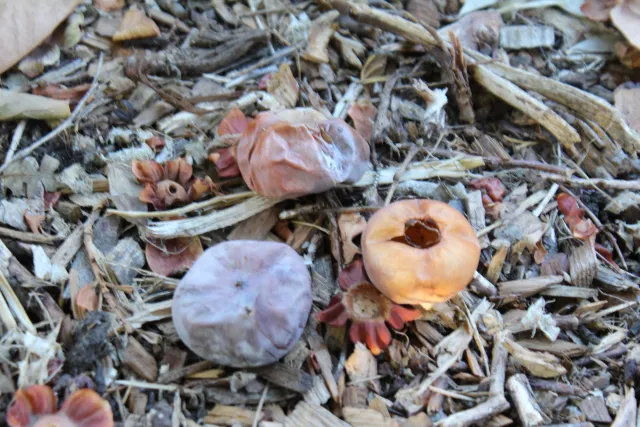Ask a Master Gardener
This column is written by the Master Gardeners of Yolo County each month. It provides answers to selected questions recently asked by Yolo County gardeners.
Starting this month, the “Ask a Master Gardener” column is fielding questions directly from Yolo County gardeners and other garden enthusiasts. Previously, the column’s authors were selecting from questions submitted to the University of California Master Gardener – Yolo County Help Desk.
Going forward, questions for this column can be sent to the authors at
jmbaumbach@ucanr.edu, with “Ask MGs” in the subject line. People submitting questions will still remain anonymous, if desired. When emailing a question, please include as many details as possible. The master gardener authors strongly encourage including photographs, not only to help with finding the correct answer but also potentially to include in the column. Photos can be published credited or uncredited, depending on the contributor’s wishes. We cannot guarantee that we will be able to answer all of the questions submitted but will do our best to get an answer for you.

Question: A lot of the green fruit on my persimmon tree has fallen off. What can I do to stop this?
Answer: Persimmon trees naturally drop some immature fruit most years. This is the tree’s way to thin and manage its fruit load, leaving only the amount it is able to ripen. It has been commonly called “June drop,” although in persimmons it occurs this time of year. However, excessive fruit drop can indicate stress from factors like poor watering, too much or too little nitrogen fertilizer, extreme temperatures, or a younger tree that hasn't developed enough to support a crop.
If you lost most or all of your crop and your tree is at least three years old, you may want to consider other causes for the fruit drop.
Watering- As with virtually all other fruit trees, persimmons prefer regular but infrequent, heavy watering. For trees three years and older, put on enough water to penetrate at least two feet deep. Normally, you want to allow the soil to dry between waterings. Two to three weeks between waterings is usually about right. In very hot, windy weather, you may want to add an additional watering in that period. If you are watering too lightly, the tree’s root system will not develop. If irrigating too frequently and the soil is left soggy between watering, its roots may die. Young trees need more frequent watering, at least weekly. Applying four to six inches of mulch can help to extend periods between waterings. The recommended watering area for a mature tree is between halfway to the “drip line” (the outermost edge of the tree canopy) to about 1.5 times the drip line's radius.
Fertilizing- Excessive nitrogen fertilizer can cause the tree to focus on leaf growth at the expense of fruit development, leading to fruit drop. Our Valley soils are actually quite high in nutrients, although nitrogen is the one you will most likely need to add. Persimmons are naturally quite vigorous. You may need to provide nitrogen only every other year. The best way to know is to have a soil test done. Then apply fertilizers at a rate indicated by the soil test.
Manual Thinning- Even though some fruit drop is normal, trees bred to be productive may still hold onto more fruit than is best for them. In that case, they may drop a lot more fruit the following year to have a rest. You can prevent this boom-and-bust cycle by manually thinning your fruit in heavy years. Persimmons should be manually thinned to approximately six inches apart. Do so when the immature fruit is less than an inch in diameter, or about the size of a quarter or smaller.
Have a gardening question? Send it to jmbaumbach@ucanr.edu, with “Ask MGs” in the subject line. Include as much detail as possible and pictures if you have them.
